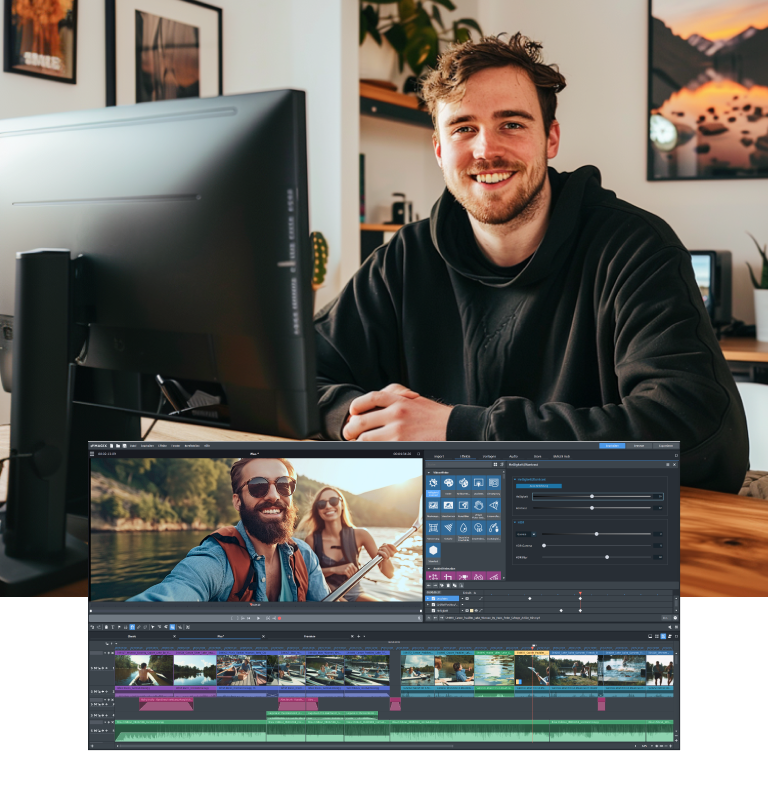Blitz News Digest
Stay updated with the latest trends and insights.
Cutting Room Secrets: What Video Editing Software Won't Tell You
Unlock hidden tricks of video editing! Discover the secrets software won't tell you in Cutting Room Secrets and elevate your editing skills.
The Hidden Tricks of Video Editing: What Software Won't Reveal
When diving into the world of video editing, it’s easy to get overwhelmed by the myriad of features available in popular software. However, the hidden tricks of video editing often lie beyond what the software can display. One such trick is the power of manual color grading. While tools like Adobe Premiere and Final Cut Pro offer preset filters, taking the time to learn tools like DaVinci Resolve can elevate your videos significantly. Understanding color theory and using scopes for precision allows you to create a unique aesthetic that resonates with your audience.
Another lesser-known technique involves audio editing, which is crucial yet often overlooked in video projects. Even the best visuals can fall flat without proper sound design. Consider investing time in mastering audio layering and the use of ambient sounds to enhance the storytelling aspect of your video. Additionally, learning how to use silence to your advantage can provide dramatic effect and engage viewers more deeply. By focusing on these hidden tricks, you can create a holistic final product that captivates your audience beyond what standard tutorials offer.

Top 5 Misconceptions About Video Editing Software You Need to Know
When it comes to video editing software, many users fall prey to common misconceptions that can hinder their creative process. One prevalent myth is that professional-grade software is always too complicated for beginners. In reality, many popular tools, such as Adobe Premiere Pro and Final Cut Pro, offer user-friendly interfaces and extensive tutorials designed to help novices get started quickly. With such resources available, anyone can learn the basics without feeling overwhelmed.
Another misconception is that video editing software requires expensive hardware to function effectively. While high-end machines can provide better performance, many applications are designed to run on standard computers. Programs such as DaVinci Resolve and HitFilm Express offer free versions that are surprisingly powerful, allowing users to perform professional-quality edits without breaking the bank. As such, aspiring filmmakers should not feel discouraged by the myth that editing is exclusively for those with deep pockets.
How to Edit Like a Pro: Insider Secrets the Software Won't Tell You
Editing like a pro involves a combination of technical skills and creative insight. To start, familiarize yourself with the essential editing software that suits your needs, be it Adobe Premiere Pro for video editing or Adobe Photoshop for photo editing. Mastering the shortcuts and features of these applications can significantly streamline your workflow. For instance, learning keyboard shortcuts can save you a tremendous amount of time, allowing you to focus more on creativity rather than getting bogged down by technical details. Remember, even the most sophisticated software is only as effective as the user behind it.
Moreover, editing is not just about cutting and rearranging; it’s about storytelling. Utilize techniques like color grading to set the mood or pacing to enhance the narrative flow. According to PremiumBeat, professional editors often emphasize the importance of audio quality — don’t underestimate the power of sound in your edits! Lastly, always seek feedback from peers to gain perspective on your work. By implementing these insider secrets, you’ll elevate your editing skills and produce content that captivates your audience.